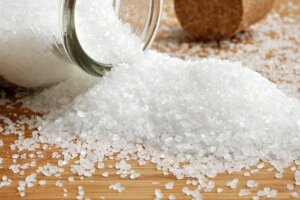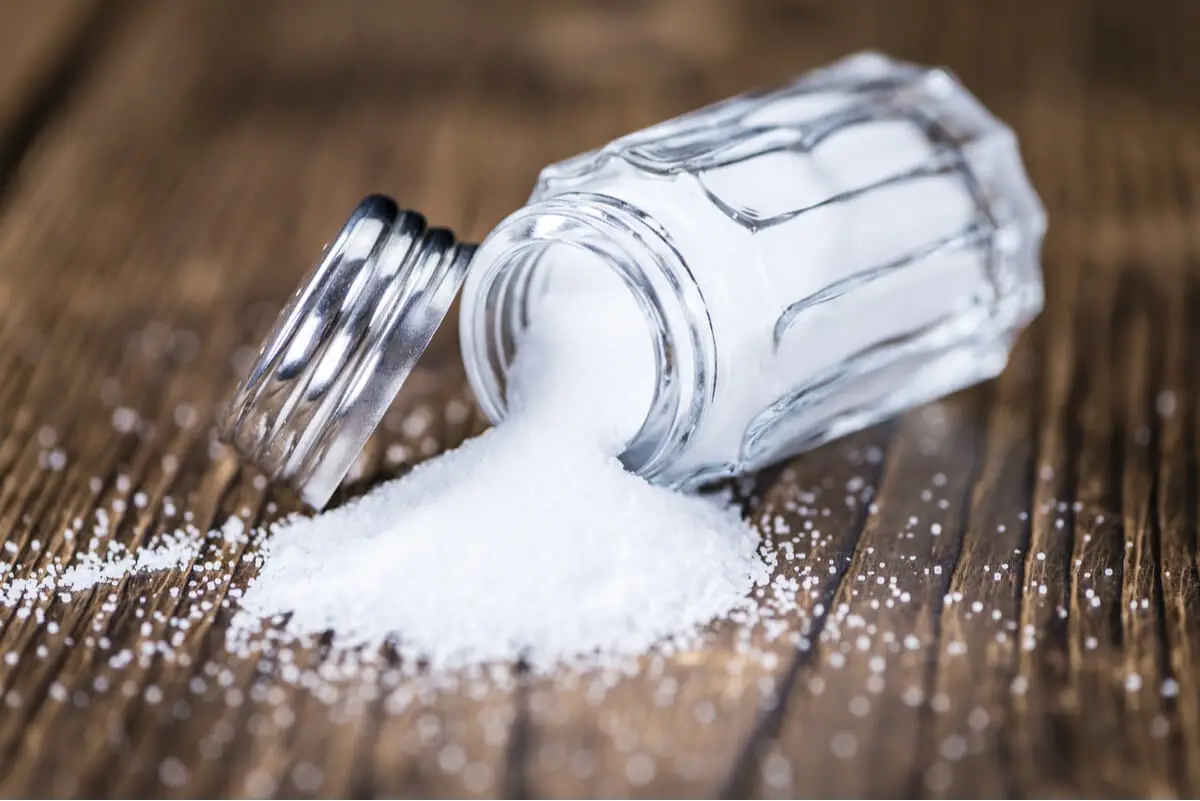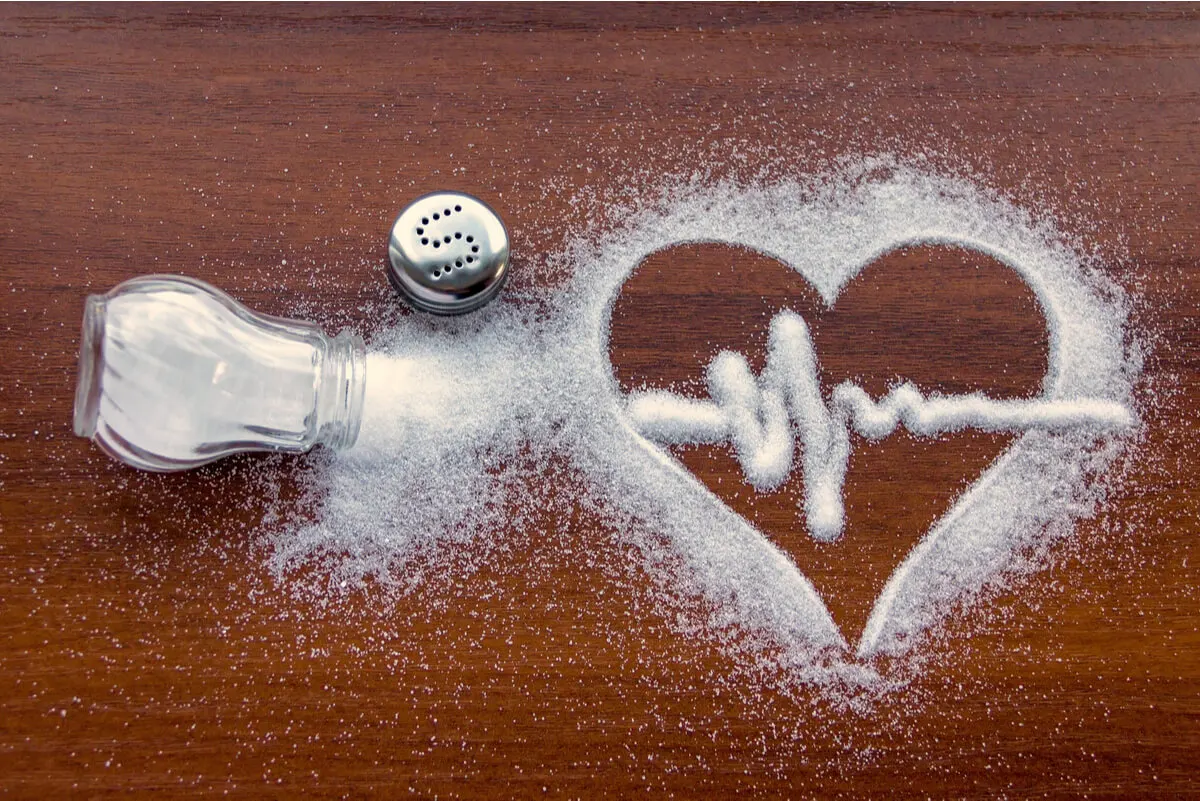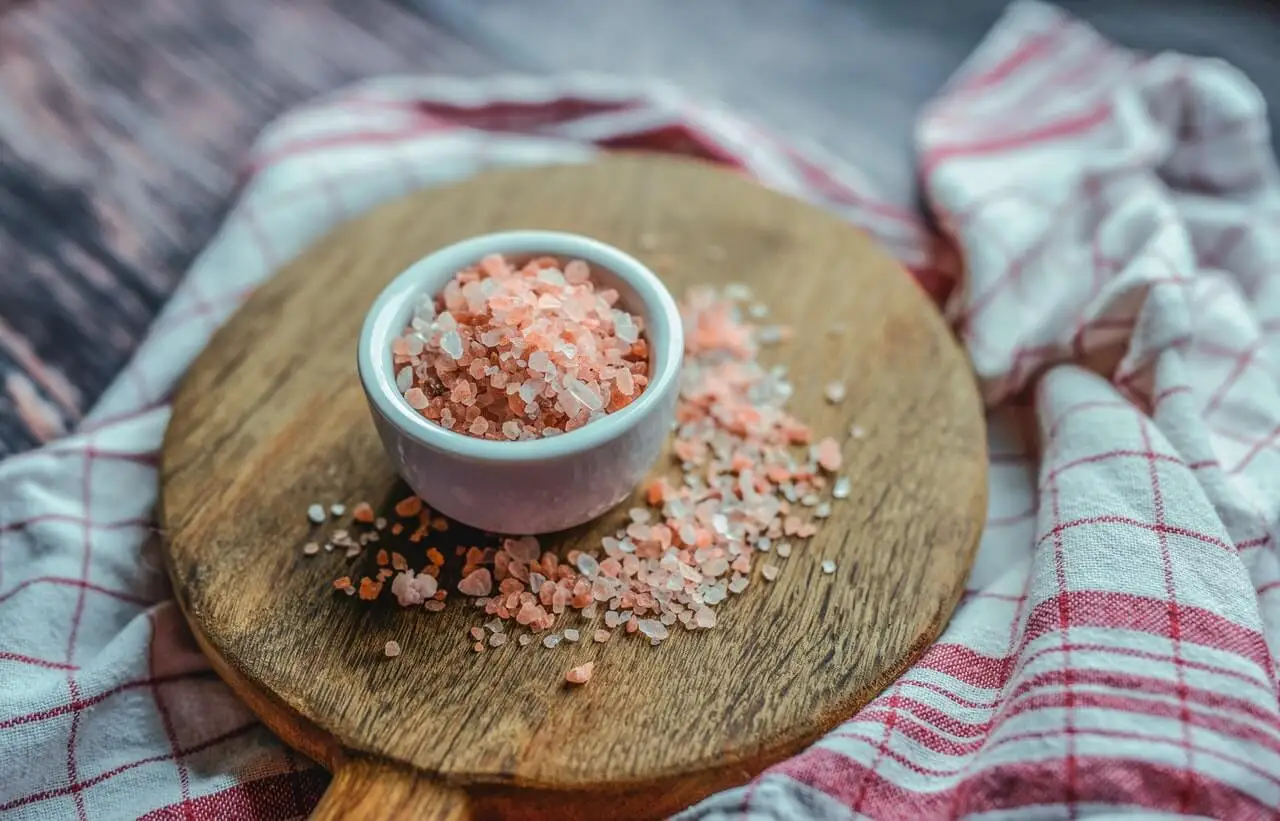Side Effects of Excessive Salt Consumption

According to health experts and the World Health Organization (WHO), excessive salt consumption isn’t good for your health. Are you aware of the side effects of consuming too much salt in your diet? If you think you know some of them, but still have questions, then don’t worry because we’re going to tell you everything you need to know below.
In the meantime, keep one thing in mind: all extremes are harmful. Therefore, don’t try to live without salt, but don’t consume too much of it either. The ideal thing is always to follow your doctor’s recommendations, as these will take into account the specific needs of your body.
Salt: where does it come from and how much should be consumed?

According to data provided by the Center for Science in the Public Interest:
- 10% of the sodium we consume comes from food and water.
- Another 10% is added when cooking and eating, but this value may vary according to people’s habits. One teaspoon of fine table salt contains the total sodium we should ingest daily.
- About 80% of the remaining sodium comes from processed foods, breaded foods, etc., most of which are consumed outside the home and in fast food restaurants. Sodium chloride is used in large amounts in sausages, for example.
The amount of salt allowed per person depends on their physical condition. It also varies according to the time of year or the type of food consumed. For example, less salt is eaten during the summer or spring than in winter. The sodium ingested per day should range between 500 and 2400 milligrams.
We often find food that vastly exceeds these values. For instance, French fries with dressing have about 4900 milligrams of sodium.
Read more here: Healthy Snacks that Are Actually Ultra-Processed
What to do to avoid ingesting too much salt?
To prevent the problems caused by excessive salt consumption, it’s advisable to avoid processed products, especially cheeses, pastries, cold meats, and fast food. At the same time, use salt substitutes, such as untreated sea salt, and put less and less on your meals. At first, you’ll notice the difference, but then your palate will get used to it.
Finally, a good idea is to try seasonings or ingredients that enhance the taste of the food. Spices such as pepper, sage, marjoram, basil, parsley, nutmeg, rosemary, tarragon and cumin shouldn’t be missing in your kitchen.
What can be the side effects of salt consumption?

Heart and circulatory problems
Excessive salt consumption has effects related to circulation. These include arterial hypertension, myocardial infarction, and heart failure.
It can also cause strokes, embolisms, cerebral hemorrhages, and ictus, resulting in severe and permanent physical and neurological sequelae. This occurs mainly because salt hinders kidney function. The renal filtration function is impaired by too much salt, also enhancing high blood pressure in a vicious circle.
Renal insufficiency
In addition to what has already been mentioned, eating too much salt can predispose you to the formation of kidney stones or calculi. It also causes fluid retention, worsening the functioning not only of the kidneys, but also of the heart and liver.
Appearance of tumors
Ingesting a lot of salt can favor the appearance or development of certain types of tumors, such as breast cancer. This is certified by a study published in 2018 by Chinese researchers.
Overweight and obesity
In 2019, a study called INTERMAP analyzed the relationship between salt consumption and obesity in different countries. Thus, it was concluded that salt consumption is positively associated with BMI and the prevalence of overweight or obesity in Japan, China, the United Kingdom, and the United States.
Types of salt: healthier alternatives

Pansalt
This is an iodized salt created in Finland. It’s low in sodium, rich in potassium, and magnesium. It may help lower blood pressure instead of raising it. It has 56% sodium chloride (normal salt 100%).
Biosal
This is a mixture of sodium chloride with potassium chloride. It counteracts the negative effects indicated above. It’s less harmful, but has no nutrients, besides having been treated with bleaches, chemicals, and iodine.
Smoked salt
This is used to give a different taste to food, but doesn’t provide anything nutritional.
Red or “Hawaiian” salt
This comes from the coasts of this island and contains iron oxide, a derivative of volcanic clay. It’s extracted by natural methods and resembles sea salt. It has a very strong flavor and can stimulate the oxidation of certain foods.
If you have any questions about how to consume salt healthily, remember that you can always consult your family doctor.
All cited sources were thoroughly reviewed by our team to ensure their quality, reliability, currency, and validity. The bibliography of this article was considered reliable and of academic or scientific accuracy.
Forman, J. P., Scheven, L., De Jong, P. E., Bakker, S. J. L., Curhan, G. C., & Gansevoort, R. T. (2012). Association between sodium intake and change in uric acid, urine albumin excretion, and the risk of developing hypertension. Circulation, 125(25), 3108–3116. https://doi.org/10.1161/CIRCULATIONAHA.112.096115
This text is provided for informational purposes only and does not replace consultation with a professional. If in doubt, consult your specialist.








